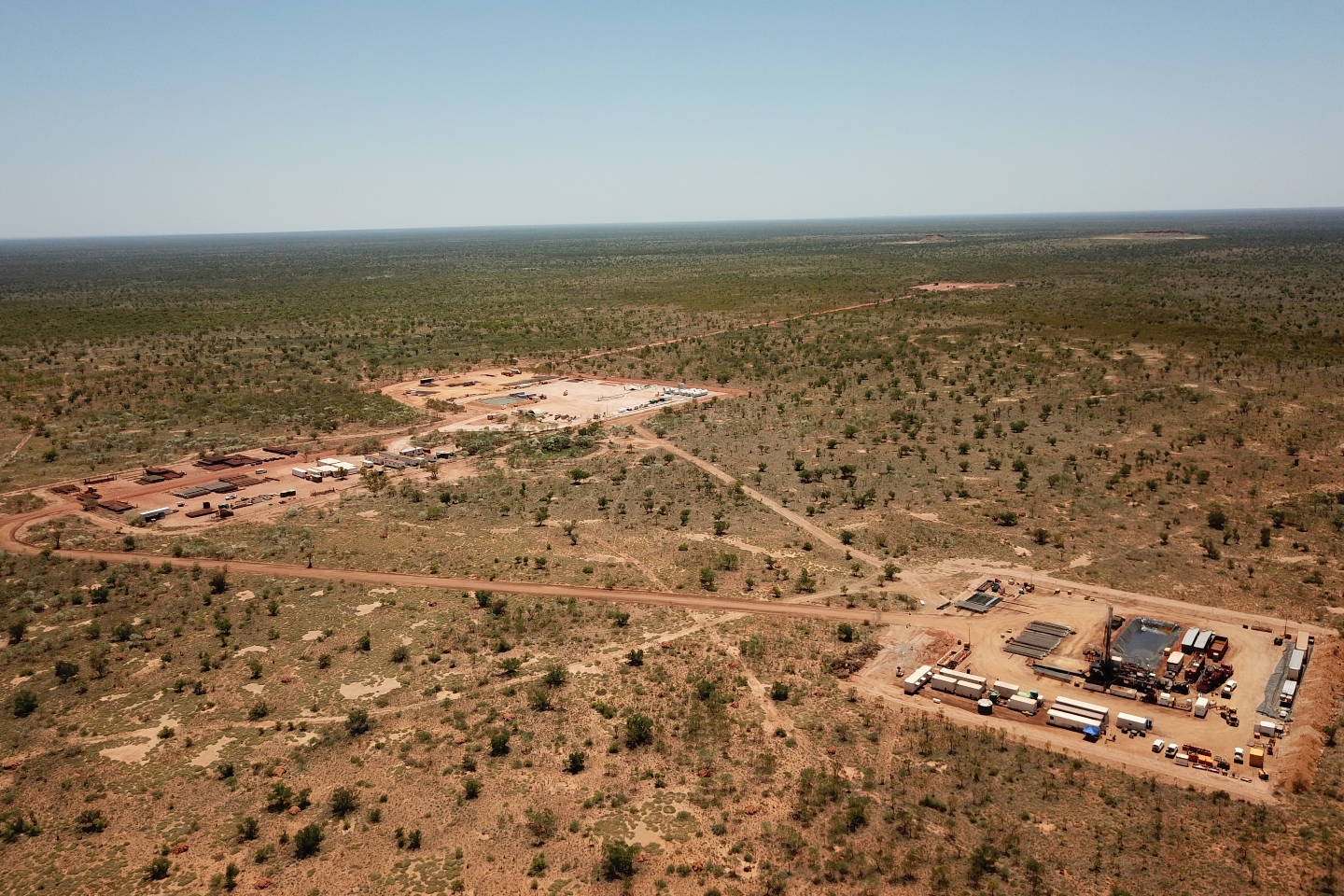Buru Energy has significantly increased the contingent resource estimate for its Rafael discovery in Western Australia’s onshore Canning Basin, with a 3D seismic survey boosting the company’s projected gas and condensate volumes. Key findings have revealed that the gross recoverable 1C volumes have risen to 85 billion cubic feet of gas and 1.8 million barrels of condensate, enhancing management’s hopes of pursuing an LNG development.


Buru Energy has significantly increased the contingent resource estimate for its Rafael discovery in Western Australia’s onshore Canning Basin, with a recent 3D seismic survey boosting the company’s projected gas and condensate volumes, enhancing its hopes of pursuing an LNG (liquefied natural gas) development.
Analysis of the survey at Buru’s Rafael discovery in “EP 428” and its 60 per cent-owned “EP 457” has refined the contingent resources estimates, with gross recoverable 1C volumes now increased to 85 billion cubic feet (Bcf) of gas and 1.8 million barrels of condensate.
It comes after the WA Government last year reaffirmed the potential for onshore gas to be exported from the Canning Basin, with just 15 per cent of the output required for the domestic market. Coupled with the company’s upgraded volume estimates, that standpoint supports the planned phase-one development of its Rafael resource.
The project is aiming to establish a competitive, small-scale LNG facility to meet the energy needs in WA’s Kimberley region, which currently depends on diesel or LNG trucked from the Pilbara.
New insights from the Rafael discovery have identified additional prospects with the potential for further development in the basin, including the Rafael shallow oil prospect that is set for appraisal drilling later this year. Ongoing studies are expected to provide more information into the 3C resource volume that currently sits at 523Bcf.
Discovered in 2021, the Rafael 1 well, sitting on a sizeable structure, encountered gas in three zones. Testing a portion of the lower Ungani dolomite target zone, the hole successfully flowed at 7 million cubic feet per day (mmcfd), confirming a conventional play.
Buru Energy chief executive officer Thomas Nador said: "We are thrilled with our latest estimates for the Rafael 1C and 2C contingent resource volumes. These estimates bolster our Phase 1 project aimed at delivering competitive, lower emissions energy to the Kimberley. Despite a tightening resource range, we remain optimistic about further upside potential, which will be appraised through ongoing technical studies."
The company says its 3D seismic processing, completed by Earth Signal Processing in Canada, has provided a clearer and more detailed model of the resource. Ongoing geological studies, including insights from Cambridge Carbonates, show promising similarities between the Rafael reservoir and the Ungani oilfield carbonate reservoirs, 40km to the south, hinting at areas with potentially enhanced reservoir characteristics.
In terms of regional exploration potential, the Rafael discovery has been important in confirming and expanding the possibility of major hydrocarbon deposits in the southern flank of the wider Fitzroy Trough, particularly in the same Ungani dolomite. Contrary to previous beliefs, the oil-hosting zone is also present along the structural terraces to the east of Rafael.
More specifically, it helped identify a distinctive seismic signature of the carbonate system that hosts Rafael and has now also been defined along the basin’s edge using existing 2D seismic data. According to the company, the studies have revealed a significant corridor with the potential for multi-TCF of gas and condensate in deeper areas and light oil in shallower sections along the southern basin margin.
They have also confirmed that the Devonian-aged section continues to generate big volumes of oil and gas along the basin's southern flank. That is promising for shallower targets similar to the one that the upcoming Rafael shallow exploration well will test later in the year.
The southern basin has been only modestly explored, with the exception of the Victory 1 well in 2015 that recovered oil from a section now thought to be equivalent to the Ungani dolomite.
The second half of the year will be a busy period for Buru. After successfully farming out 70 per cent of the adjoining Ungani oilfield assets to Sabre Energy in June, the joint venture (JV) partners are well advanced with plans to drill the Mars well in efforts designed to reopen the oilfield.
The company has also started the process of trying to attract funding partners to drill a well on the Rafael shallow target, which is expected to take place at the same time.
Is your ASX-listed company doing something interesting? Contact: matt.birney@businessnews.com.au













